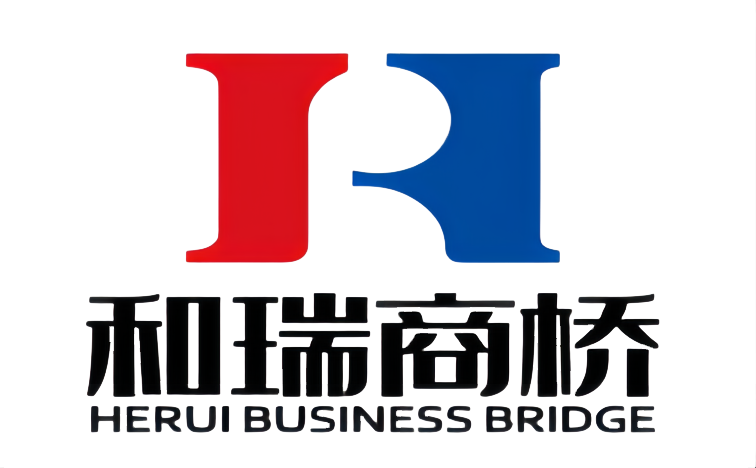1. Sanding
It refers to friction on the cloth surface with sanding roller or metal roller;
Different fabrics are combined with different sand mesh numbers to achieve the desired sanding effect.
The general principle is that high count yarn uses high mesh sand skin, and low count yarn uses low mesh sand skin.
Sanding rolls are used for forward rotation and reverse rotation. Generally, an odd number of sanding rolls are used.
[factors affecting sanding effect include]
Speed, speed, moisture content of cloth, covering angle, tension, etc
2. Open Ball Wool
It uses a steel wire bending needle at a certain angle to insert into the yarn and hook out the fiber to form hairiness;
It has the same meaning as plucking, but it’s just a different statement;
Different fabrics use different steel needles, which can be divided into round heads and sharp heads. Generally speaking, cotton ones use sharp heads and wool ones use round heads.
[influencing factors]
Speed, speed of needle cloth roller, number of needle cloth rollers, moisture content, tension, needle cloth density, steel needle bending angle, yarn twist, additives used in pretreatment, etc.
3. Brush
It uses a bristle roller like a brush to sweep the cloth surface;
Different cloth and treatment use different brush rollers, including bristle brush, steel wire brush, carbon wire brush, ceramic fiber brush.
For simple treatment, use bristle brushes, such as the brush cloth before singeing; Wire brushes are generally fabrics that need to be fluffed violently, such as knitted flannelette; Carbon wire brush is used for high-grade cotton fabric, and the surface treatment requires fine; The treatment requires more refined use of ceramic fibers.
[influencing factors]
Number of brush rollers, rotating speed, rigidity of brush wire, fineness of brush wire, density of brush wire, etc.
The difference between the three
Open ball wool and galling are the same concept, that is, the same process. The equipment used is a flanging machine, which uses a steel needle roller to pull out the micro fibers in the fabric yarn to form a surface fluff effect. The specific products include flannelette, silver tweed and so on. The galling process is also called “fluffing”.
The equipment used in the buffing process is a buffing machine, which uses rollers such as sandskin, carbon, ceramics, etc. to grind out the microfiber in the fabric yarn to form the fluff effect on the surface. Compared with the brushed products, the buffed fluff is short and dense, and the wool feeling is very delicate. The specific products include buffed yarn card, buffed silk, peach skin velvet, etc. Some buffed products do not look obvious, but the hand feeling is greatly improved.
Bristling is mainly a special process for corduroy, because the wool of corduroy is to cut the weft yarn of the surface tissue, disperse the yarn through the bristle and form a closed velvet strip. The equipment used is a bristling machine, which is generally equipped with 8~10 hard brushes and 6~8 crawler soft brushes. Thick corduroy also needs to be brushed after brushing. In addition to hard and soft brushes, the rear bristling machine is also equipped with wax plates, and the wool is waxed at the same time during the brushing process, which makes the corduroy strip shiny, Therefore, the back brushing machine is also called waxing machine.
Post time: Jul-11-2022

